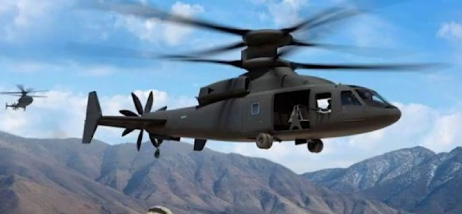One day, when I was watching videos on Youtube, I suddenly came across a running video of an axial flux motor that can rotate forward and reverse.
Now that the direction of production and R&D has been determined, it is time to analyze the videos on the Internet to see if there are any special ways.
The picture in the video is like this, twisted copper windings, two rotating rotors on the left and right. Looking at the pictures, I feel that it is quite rough by hand, but the flatness of the front and rear windings must be measured and paid attention to, and the dimensional tolerance requirements on both sides must be very high.

It can be seen from the figure that it is a motor with 12 slots and 24 stages, and there are coil windings wound obliquely in the middle. Then the parameters that need to be simulated are determined, and the 3D model of the axial field motor can be established in ANSYS software.

After many simulations and checking calculations, some key data of the forward and reverse rotation axial flux were finally obtained, and the key performance parameters such as the size of each component, the thickness of the magnetic steel, the number of turns of the winding, and the current density were determined.Then the costly and energy-intensive production process begins.
etc! Want to understand what is the use of doing this? Don't make it successful at that time, where can it be used? It's a waste of money in your pocket to make a decoration that can only hold X.

After investigation, it was found that first of all, this kind of dual-rotor helicopter is possible, and the benefits do not need popular science. Where there are propellers, they must rotate forward and reverse. If this is the case, there will be too many uses. Ships, aircraft, submarines, and even aircraft that go to Mars. Freedom to go to heaven and sea after successful application.

Since there are so many places that can be used, let’s start to design and process a prototype. The money is not much, first make a small size and low power, start drawing, processing, winding, assembling, testing, and a bunch of things to work gradually. Below is a 3D rendering. In order to install carbon fiber blades, the structure for installing blades is processed on the two front and back rotors.

Finally, after a month of machining and assembly, it's finally done! The effect is as follows.




 售前客服
售前客服